
漢德百科全書 | 汉德百科全书
 Republic of Korea
Republic of Korea

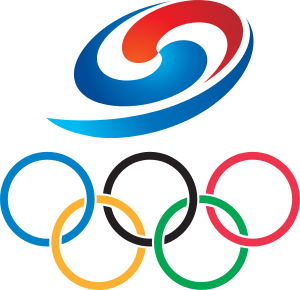
 737 MAX
737 MAX
 8
8
 Airbus A320
Airbus A320
 A321neo
A321neo
 Airbus A330
Airbus A330
 A330-200
A330-200
 Airbus A330
Airbus A330
 A330-300
A330-300
 Airbus A380
Airbus A380
 A380-800
A380-800
 Boeing 747
Boeing 747
 747-400
747-400
 Boeing 747
Boeing 747
 747-8I
747-8I
 Boeing 747
Boeing 747
 747-400F
747-400F
 Boeing 747
Boeing 747
 747-400ERF
747-400ERF
 Boeing 777
Boeing 777
 777-300
777-300
 Boeing 777
Boeing 777
 777-300ER
777-300ER
 Boeing 777
Boeing 777
 777-200ER
777-200ER
 Boeing 777
Boeing 777
 777F
777F
 Boeing 787
Boeing 787
 Boeing 787-8
Boeing 787-8
 Boeing 787
Boeing 787
 Boeing 787-9
Boeing 787-9
 Bombardier CSeries
Bombardier CSeries
 CS300
CS300
 Korean Air
Korean Air

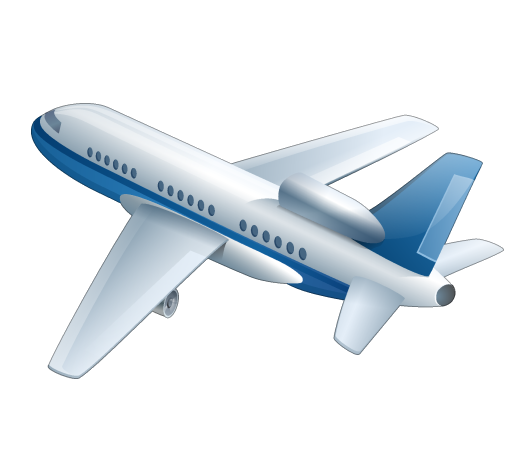
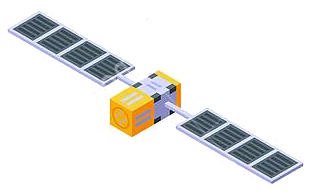
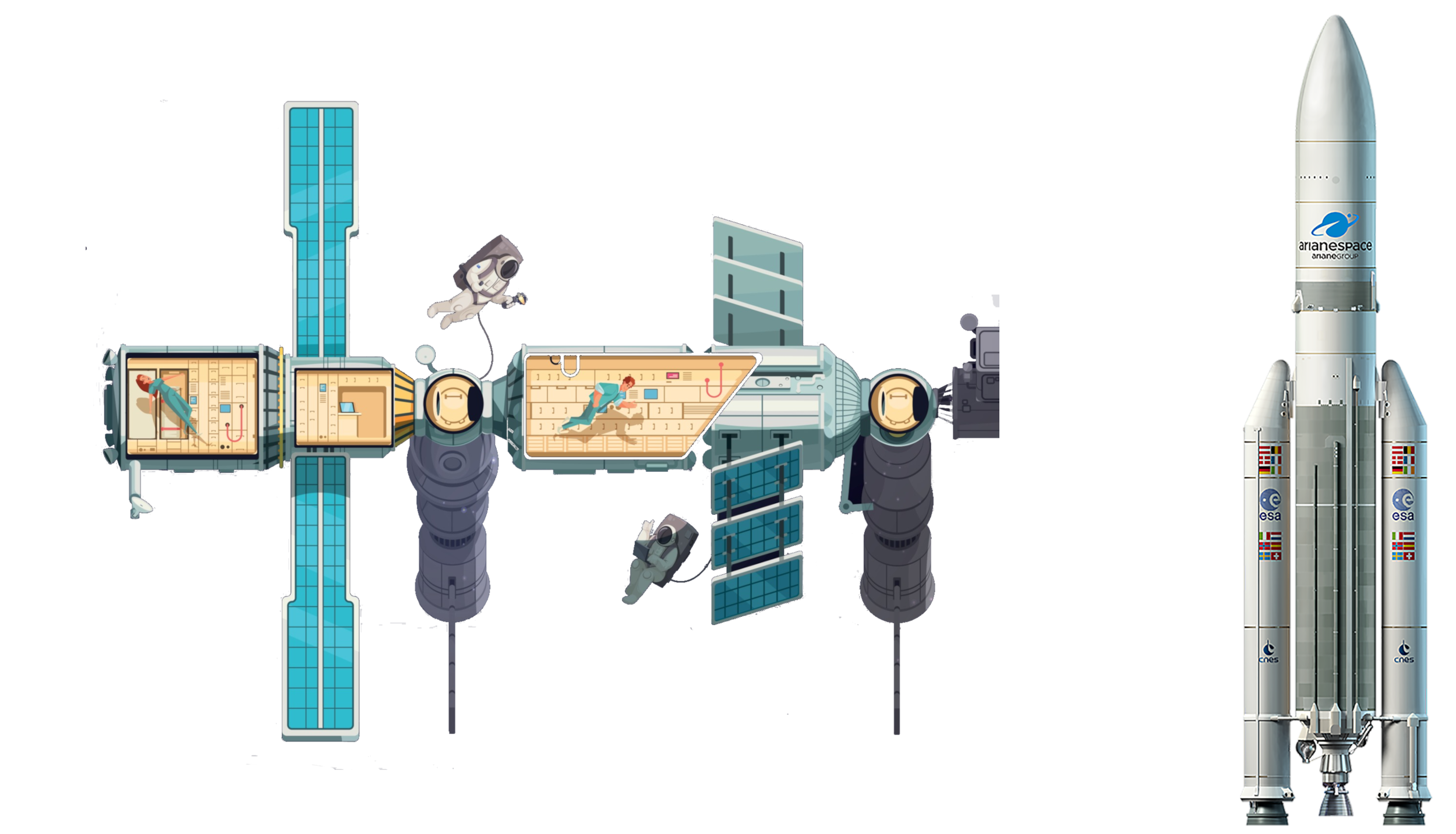 Aerospace
Aerospace
 SkyTeam
SkyTeam
 Republic of Korea
Republic of Korea

 Companies
Companies


 Party and government
Party and government
 Group of the twenty most important industrial and emerging countries
Group of the twenty most important industrial and emerging countries
 Republic of Korea
Republic of Korea
 Silk road
Silk road

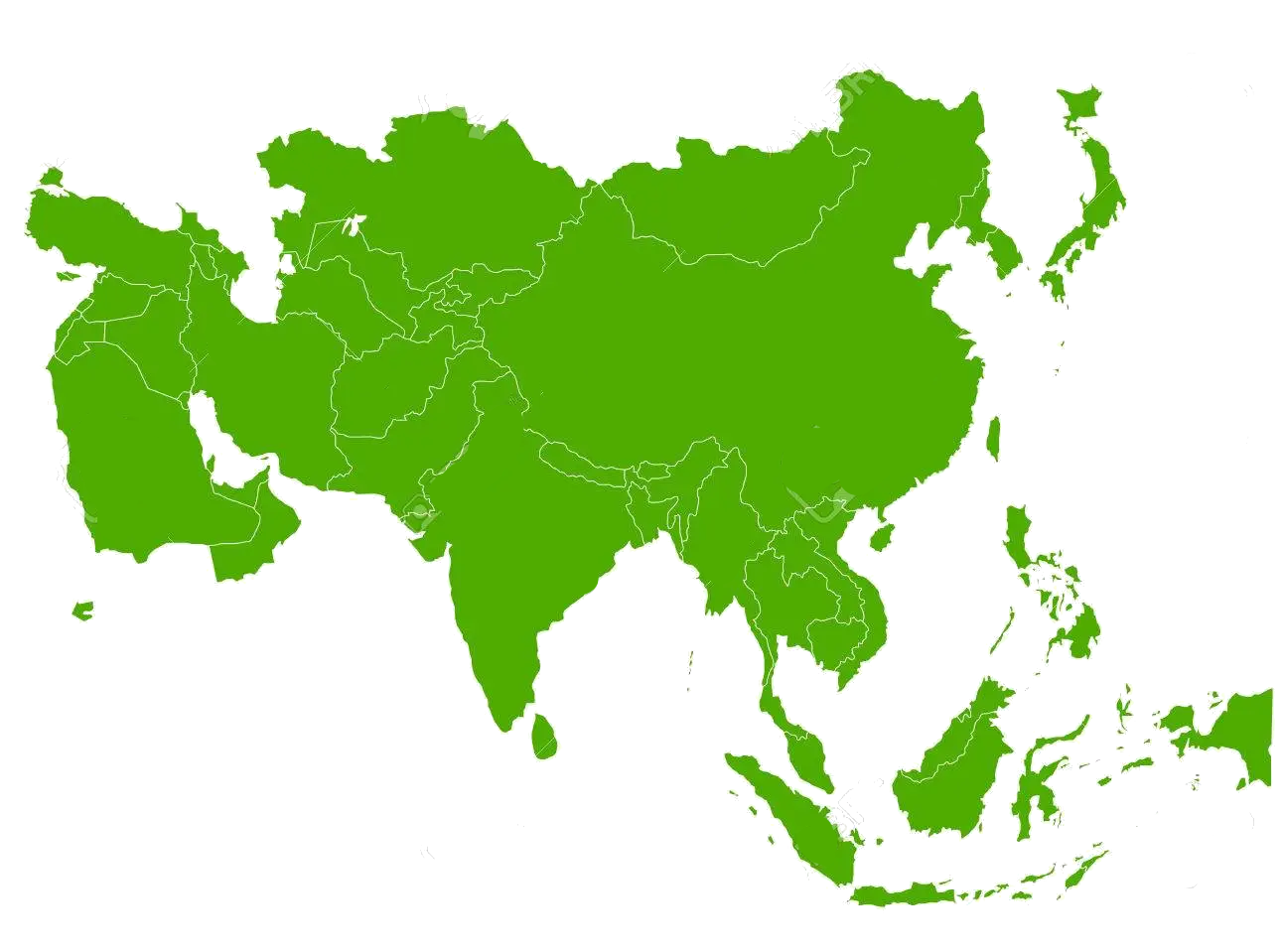 States of Asia
States of Asia
Die Republik Korea (kor. 대한민국, 大韓民國, [ˈtɛ̝ːɦa̠nminɡuk̚], Daehan Minguk), teilweise Südkorea genannt, liegt in Ostasien und nimmt den südlichen Teil der Koreanischen Halbinsel ein. Die einzige Landgrenze, mit 243 km Länge, besteht faktisch die Grenze zum nördlichen Nachbarn Nordkorea. Die beiden Nachfolgestaaten Chōsens wurden 1948 im aufkommenden Kalten Krieg gegründet; der folgende Koreakrieg zementierte die Teilung Koreas. Der Norden wurde sozialistisch und autokratisch, während im kapitalistischen, diplomatisch nach Westen orientierten Südkorea mit der Zeit eine parlamentarische Demokratie etabliert werden konnte. Im Westen grenzt Südkorea an das Gelbe (in Südkorea: Westmeer), im Süden an das Ostchinesische und im Osten an das Japanische Meer (in Südkorea: Ostmeer).
Mit rund 51,5 Millionen Einwohnern zählt Südkorea zu den dicht besiedelten Staaten und zu den 30 bevölkerungsreichsten Staaten der Erde. Etwa die Hälfte der Einwohner lebt im Großraum der Hauptstadt Seoul, einer Weltstadt mit der viertgrößten Wirtschaft weltweit. Über zwei Millionen Menschen leben jeweils in den Städten Busan, Incheon und Daegu.
„Das Wunder am Han-Fluss“, wie die Zeit des rapiden Wirtschaftsaufschwungs ab 1962 genannt wird, machte Südkorea schnell von einem armen Agrarland zu einem modernen Industriestaat. Man spricht auch von einem Tigerstaat. In der Produktion von Schiffen und elektronischen Produkten wie Halbleitern, Mikrochips, Flachbildschirmen und Computern hat die südkoreanische Industrie eine marktbeherrschende Stellung erreicht. Auch dadurch nimmt die kulturelle Bedeutung des Landes zu, was etwa in der Koreanischen Welle Ausdruck findet. Das Land ist Mitgliedsstaat der Vereinten Nationen, der G20, der OECD, der APEC und ASEAN+3.

Daegu (koreanisch 대구, [tɛɡu]), früher Taegu, offiziell Daegu Metropolitan City, ist eine Stadt in der Provinz Gyeongsangbuk-do in Südkorea.
Daegu liegt rund 240 Kilometer von Seoul im Südosten des Landes und ist mit fast 2,5 Millionen Einwohnern die viertgrößte Stadt Südkoreas nach Seoul, Incheon und Busan. Politisch bildet sie eine unabhängige Einheit. Die Fläche der Stadt beträgt heute 883,7 km², die Höhenlage erstreckt sich von 50 Metern in Flussnähe bis zu 600 Metern auf den Bergketten. Die Stadt liegt am Nakdong-Fluss, dem längsten Fluss Südkoreas.
Daegu ist ein nationales Zentrum für Elektro- und Textilindustrie in Südkorea. Zahlreiche bekannte koreanische Unternehmen wie der Samsung-Konzern, TaeguTec und Kolon Industries wurden in Daegu gegründet. Aufgrund des subtropischen Klimas ist die Region um Daegu zudem eines der wichtigsten Obstanbaugebiete des Landes.
Die Stadt ist Sitz des römisch-katholischen Erzbistums Daegu, das aus dem 1911 errichteten Apostolischen Vikariat Taiku hervorging und 1962 zum Erzbistum erhoben wurde. Hauptkirche ist die Kyesan-Kathedrale „Unsere Liebe Frau von Lourdes“.
大邱广域市(朝鲜语:대구광역시/大邱廣域市 Daegu gwangyeoksi */?),简称大邱,是位于大韩民国东南部的广域市,与首尔、釜山并列韩国三大城市,至2018年估计人口约2,501,673人。面积883.63平方千米。
大邱是个工业城市,主要工业包括纺织、冶金和机械。由于地理位置优越,历史上大邱曾是朝鲜半岛的南部商业中心(首尔是中部中心;平壤是北部中心)。大邱盛产高质量的苹果和甜瓜,因此得名“苹果城”,除此之外,还有“纺织城”、“时装城”的美称。
大邱举办了2002年韩日世界杯足球赛、2003年夏季世界大学生运动会、2011年世界田径锦标赛、2013年世界能源大会、2015年世界水论坛大会及2017世界室内田径锦标赛等多项大型国际活动,使大邱跃升为扬名世界的国际城市。
大邱広域市(テグこういきし、たいきゅうこういきし、朝: 대구광역시、英: Daegu)は、大韓民国東南部の内陸にある広域市である。ソウル・釜山に次ぐ、韓国第3の都市である。大邱は八公山や琵瑟山などの高い山に囲まれた盆地であるため、大韓民国で最も気温の高い都市に属し、大邱は特殊型気候の地域に分類される。都市は繊維産業を中心に成長し、1981年7月1日、大邱市は直轄市に昇格、1995年1月1日、地方自治体が施行され大邱広域市に改称された。東城路や中央路を中心として都心部を形成している。市庁所在地は中区 東仁洞 1街で、行政区域は7区1郡である。
Daegu (Korean: [tɛɡu]; 대구, 大邱, literally 'large hill'), formerly spelled Taegu[a] and officially known as the Daegu Metropolitan City, is a city in South Korea, the fourth-largest after Seoul, Busan, and Incheon, and the third-largest metropolitan area in the nation[b] with over 2.5 million residents. Daegu and surrounding North Gyeongsang Province are often referred to as Daegu-Gyeongbuk, with a total population over 5 million. Daegu is located in south-eastern Korea about 80 km (50 mi) from the seacoast, near the Geumho River and its mainstream, Nakdong River in Gyeongsang-do. The Daegu basin, where the city lies, is the central plain of the Yeongnam region. In ancient times, there was a proto-country named Jinhan, to which the current Daegu area belonged. Later, Daegu was part of the Silla Kingdom which unified the Korean Peninsula. During the Joseon Dynasty period, the city was the capital of Gyeongsang-do, which was one of the traditional eight provinces of the country.
Daegu was an economic motor of Korea during the 1960s–1980s period and was especially known for its electronics industry. The humid subtropical climate of Daegu is ideal for producing high-quality apples, thus the nickname, "Apple City".[4] Daegu is also known as "Textile City".[5] Textiles used to be the pillar industry of the city. With the establishment of the Daegu-Gyeongbuk Free Economic Zone, Daegu is currently focusing on fostering fashion and high-tech industries.
Daegu was the host city of the 22nd World Energy Congress of 2013, the 2011 World Championships in Athletics, and the 2003 Summer Universiade.[6] It also hosted four matches in the 2002 FIFA World Cup. Daegu hosted the World Masters Indoor Championships on March 19–25, 2017. More than 4600 athletes worldwide competed.[7]
Daegu (en hangeul 대구, tɛɡu, en caractères chinois : 大邱: "large colline", en français vieilli Taïkou) est une ville de Corée du Sud et le nom d'une division administrative de haut niveau Daegu Gwangyeoksi (대구광역시). Elle est la capitale du Gyeongsang du Nord.
Taegu[1][2][3][4] (대구 광역시?, 大邱廣域市?, Daegu gwang-yeoksiLR), il cui nome ufficiale è Città metropolitana di Taegu, è una città metropolitana della Corea del Sud. È la quarta città più grande del paese dopo Seul, Pusan e Incheon, con una popolazione di quasi due milioni e mezzo di persone alla fine del 2005.[5] Dal punto di vista amministrativo è una città metropolitana autoamministrata con rango di provincia.
Daegu (hangul: 대구, RR: Daegu, MR: Taegu)? pronunciado: [tɛ̝.ɡu], oficialmente Ciudad Metropolitana de Daegu (hangul: 대구광역시, RR: Daegu-gwangyeoksi, MR: Taegu-gwangyŏkshi)?, es una de las seis ciudades metropolitanas que, junto a las nueve provincias, la ciudad especial y la ciudad autónoma especial, forman Corea del Sur.
Está ubicada al sureste del país, entre las provincias de Gyeongsang del Norte y Gyeongsang del Sur. Es la cuarta ciudad más poblada de Corea del Sur, después de Seúl, Busán e Incheon. Fue la capital de la provincia de Gyeongsang del Norte, aunque legalmente no es parte de esta provincia. La capital se trasladó a Andong, Gyeongsang del Norte en Febrero del año 2016. Se encuentra en el norte de la región de [[Yeongnam]. Daegu, también es conocida por ser la ciudad natal de el rapero, productor y compositor Suga, miembro de la boyband de Kpop más famosa, BTS.

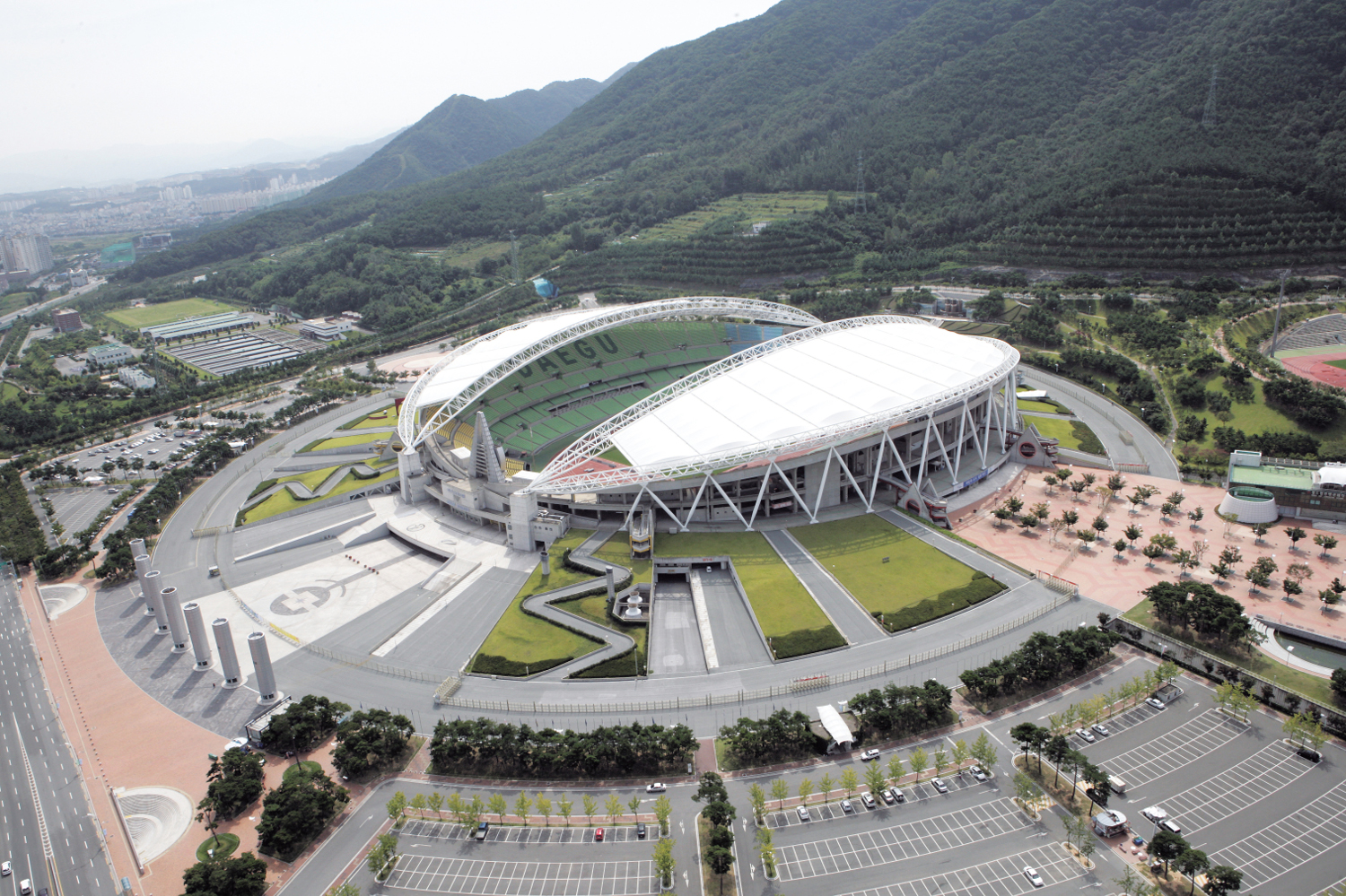
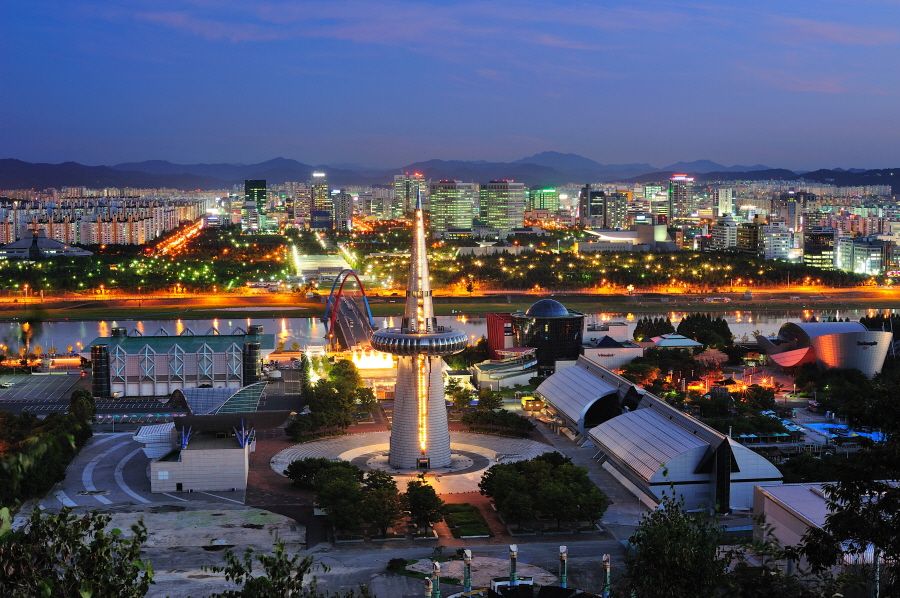
Daejeon ist mit 1.539.154 Einwohnern die fünftgrößte Stadt Südkoreas. Es liegt zwischen den Provinzen Chungcheongbuk-do und Chungcheongnam-do und ist die Hauptstadt von Chungcheongnam-do (abgek.: Chungnam), obwohl es politisch eine eigenständige Einheit bildet.
Die Stadt ist vollständig von bewaldeten Hügeln umschlossen; auf gut ausgebauten Wegen kann Daejeon umwandert werden. Der Stadtbezirk Yuseong liegt im Nordwesten von Daejeon und ist bekannt für seine heißen Quellen. Hier befindet sich auch der Hauptcampus der Chungnam-Nationaluniversität.
大田广域市(朝鲜语:대전광역시/大田廣域市 Daejeon gwangyeoksi */?)位于韩国中部,是韩国第五大城市,于2012年及之前曾为忠清南道的首府。2010年人口为150万。大田是韩国京釜线、湖南线、京釜高速公路、湖南高速公路的交汇处,是韩国铁道公社总部所在地。世宗特别自治市位于大田广域旁边。目前韩国关税厅、统计厅、特许厅、调达厅、兵务厅、山林厅、文化财厅、中小企业厅等12个政府机关位于大田市。
大田是韩国科技中心,许多韩国研究机构像韩国科学技术院(KAIST),韩国电子和电信研究院(ETRI),韩国航空宇宙研究院(KARI)都位于大田市。位于大田儒城区的大田科技园内驻有79个研究机构和28个韩国政府主管的研究所,拥有5万人以上研究人员。大田于1998年主办成立了世界科学城市联盟(WTA)。 目前,WTA已经发展成为拥有32个国家67个机构的国际组织,作为UNESCO的正式咨询机构,与众多国际组织展开了积极的合作。1993年,大田市还曾举办1993年世界博览会。
大田広域市(テジョンこういきし、朝鮮語: 대전광역시)は、大韓民国の都市。韓国で5番目の大都市である。5区と79行政洞よりなる。現在は広域市に位置づけられ、道には属さないが、1988年までは忠清南道に属していた。
西には名山・聖山として知られた鶏龍山がそびえる。古来より近郊の儒城温泉が知られていたが大きな町はなく、公州所属の農村地帯に過ぎなかった。ゆえにこの地域を「大きな田畑」を意味する固有語でハンバッ(한밭、Hanbat)と曖昧に指し示していた。日本統治下の自治体統廃合の際に「大田」と漢字が当てられ、さらに京釜線・湖南線などが開通して交通の要衝となり急速に発展、大きな都市となった。
大田国際博覧会が1993年に開催されたほか、市内の儒城区にハイテク団地「大徳研究団地」を有するなど科学技術都市として知られる。1973年に研究学園団地として指定された大徳研究団地は、韓国科学技術院(KAIST)や韓国電子通信研究院(ETRI)など政府・民間の研究所100以上が集中しており、原子力や宇宙開発、生命工学などの研究を行っている。また特許庁や統計庁など首都機能の一部が大田に分散されており、韓国鉄道公社(KORAIL)の本社も置かれている。
Daejeon (Korean: [tɛ̝.dʑʌn] (![]() listen)) is South Korea's fifth-largest metropolis. Daejeon had a population of over 1.5 million in 2010.[2] Located in the central region of South Korea, Daejeon serves as a hub of transportation and is at the crossroads of major transport routes. The capital Seoul is about 50 minutes away by KTX high-speed train.
listen)) is South Korea's fifth-largest metropolis. Daejeon had a population of over 1.5 million in 2010.[2] Located in the central region of South Korea, Daejeon serves as a hub of transportation and is at the crossroads of major transport routes. The capital Seoul is about 50 minutes away by KTX high-speed train.
Daejeon is one of South Korea's administration hubs with the Daejeon Government Complex (Other administrative hubs: Seoul, Gwacheon and Sejong). The Korean administration in the 1980s decided to relocate some of its functions from Seoul, the national capital, to other cities. Currently, 12 national government offices, including Korea Customs Service, Small and Medium Business Administration, Public Procurement Service, National Statistical Office, Military Manpower Administration, Korea Forest Service, Cultural Heritage Administration, and Korean Intellectual Property Office, as well as Patent Court of Korea, are located in Daejeon. Korail, Korea Water Resources Corporation, and Korea Minting and Security Printing Corporation are also headquartered in the city.
Daejeon has 18 universities, including KAIST and Chungnam National University. Daejeon has earned its name as "Asia's Silicon Valley" and "high technology city".[3] The city hosted the Taejon Expo '93 and the International Mathematical Olympiads in 2000. Several important research institutes are based in the city.[3]
Daedeok Innopolis (Daedeok Research and Development Special Zone) is composed of 28 government-funded research institutions, as well as 79 private research institutes with as many as 20,000 researchers. In addition, Daejeon established the World Technopolis Association (WTA) in 1998 with the view of realizing regional development through international cooperation with world science cities. The WTA has grown to have 67 members from 32 countries, and it actively cooperates with many international organizations including UNESCO as its official consultative body.
Daejeon (en hangeul : 대전 en hanja : 大田: grand champ) est une ville située au centre de la Corée du Sud, légèrement à l'ouest. Elle se trouve à 150 km au sud de Séoul.
Malgré l'adoption du nouveau système de romanisation du hangeul, les anciennes écritures Taejŏn et Daejon restent très utilisées. Daejeon signifie grand champ en coréen, ce que l'on retrouve dans l'appellation vernaculaire hanbat (한밭) du même sens : 한밭 大學校 Université Hanbat, par exemple.
C'est la cinquième ville de Corée, elle compte 1 530 650 d'habitants pour 539,84 km2 (en 2011) et se dénote par son profil scientifique. Elle a été la capitale du Chungcheong du Sud de 1932 à 2012.
Daejeon (대전광역시?, 大田廣域市?, Daejeon gwang-yeoksiLR) è una città nel centro della Corea del sud. È la quinta città più grande della Corea con una popolazione di 1.537.324 nel giugno 2012.
Dal punto di vista amministrativo è contemporaneamente capoluogo della provincia del Sud Chungcheong e città metropolitana autoamministrata con rango di provincia.
A partire dal 1997 è stata avviata la costruzione del "Daejeon Government Complex" nel quadro dello sforzo di decentrare alcuni uffici governativi della capitale Seul; tra gli altri Daejeon è sede di Statistics Korea, l'ufficio statistico coreano.
Daejeon (hangul: 대전, RR: Daejeon, MR: Taejŏn)? pronunciado: [tɛ̝.dʑʌn], oficialmente Ciudad Metropolitana de Daejeon (hangul: 대전광역시, RR: Daejeon-gwangyeoksi, MR: Taejŏn-gwangyŏkshi)?, es una de las seis ciudades metropolitanas que, junto a las nueve provincias, la ciudad especial y la ciudad autónoma especial, forman Corea del Sur.
Se ubica en el centro del país, a 167 kilómetros al sur de Seúl, y es la capital de la provincia de Chungcheong del Sur. Es la quinta ciudad más poblada, con aproximadamente 1.5 millones de habitantes.
Тэджо́н (кор. 대전 [tɛ̝.dʑʌn]) — город прямого подчинения в центре Южной Кореи, административный центр провинции Чхунчхон-Намдо. Официальное название города — Город-метрополия Тэджон (кор. 대전광역시 Тэджон-гванъёкси). Пятый по величине город Кореи c населением 1 564 тыс. жит[1]. Считается научно-технической столицей Южной Кореи.

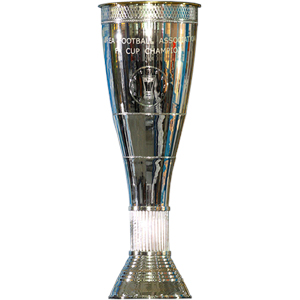
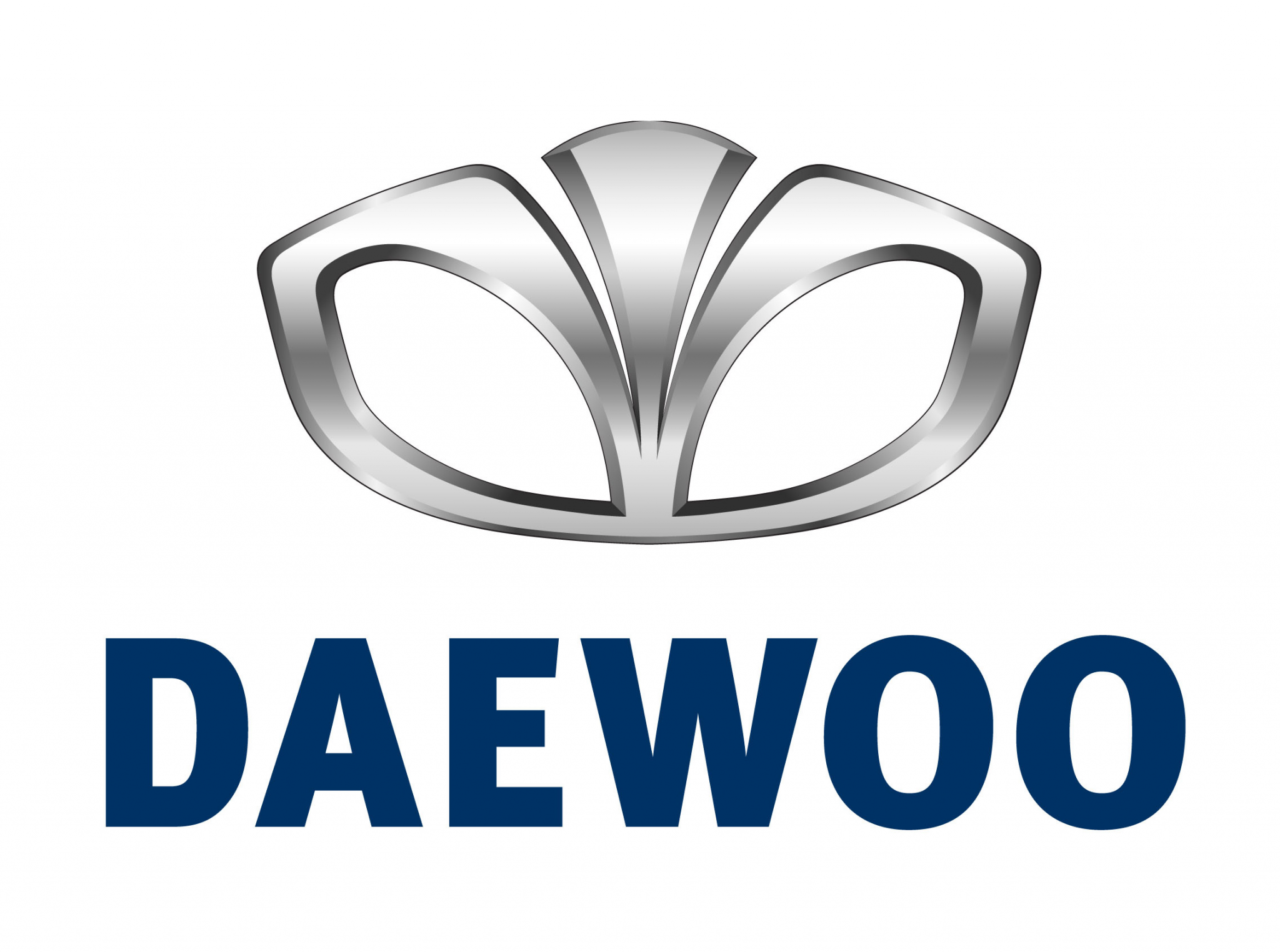

 Architecture
Architecture
 Sport
Sport
 Transport and traffic
Transport and traffic
 Geography
Geography


 Animal world
Animal world
 International cities
International cities
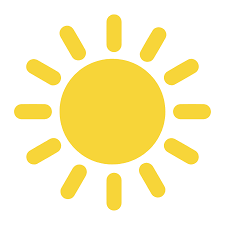 Energy resource
Energy resource

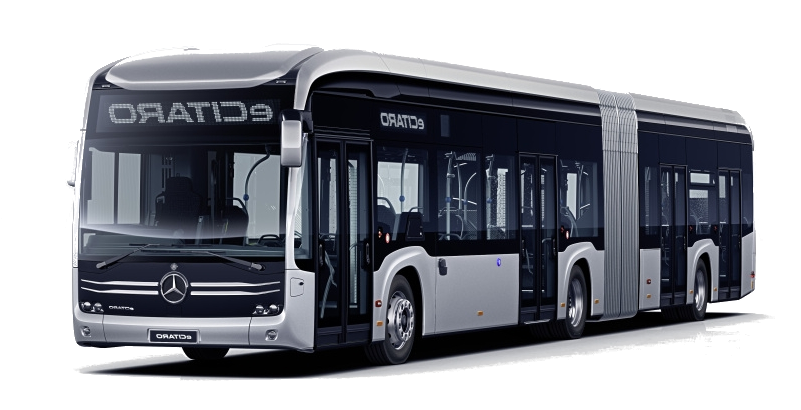
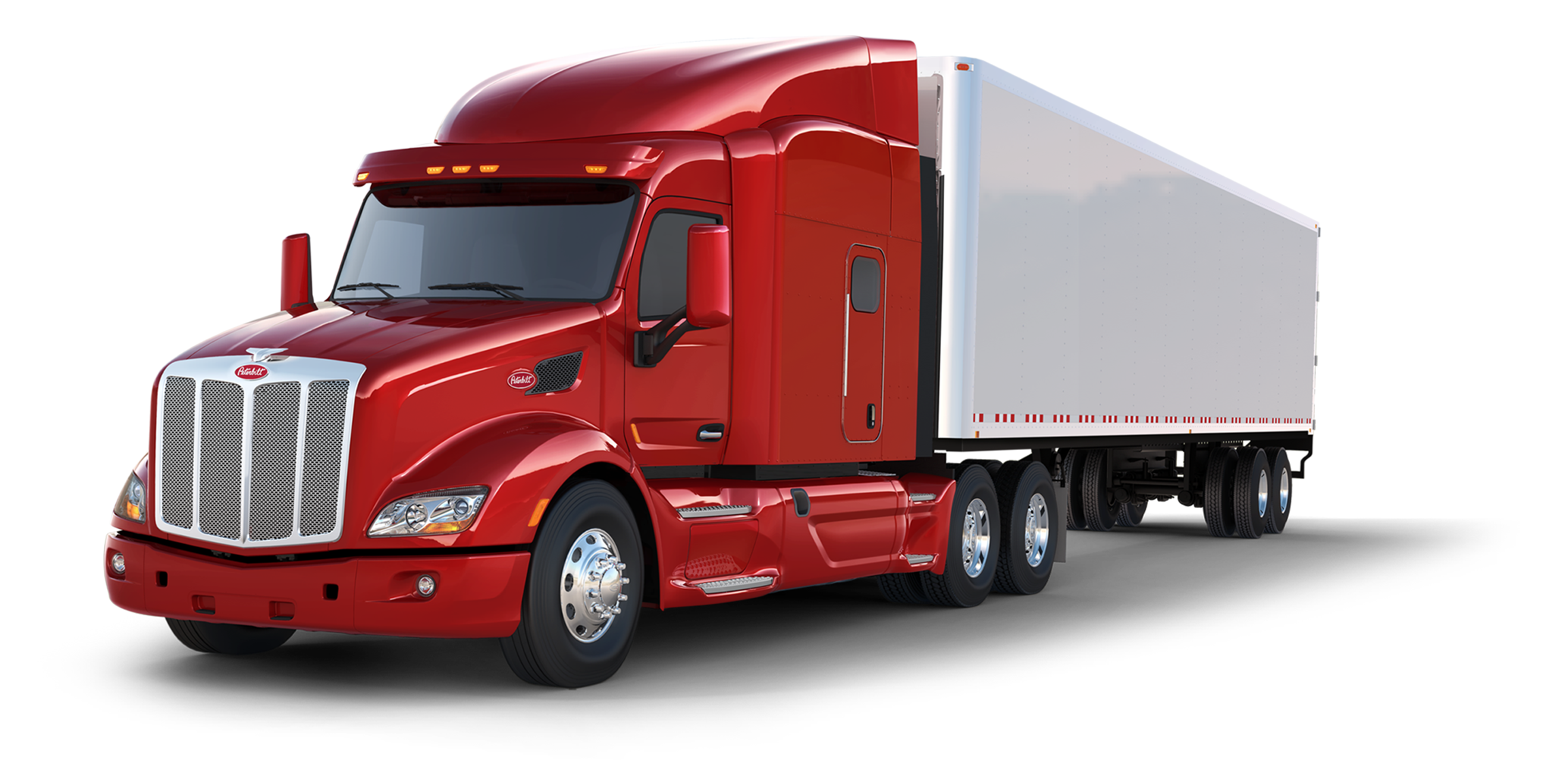 Automobile
Automobile
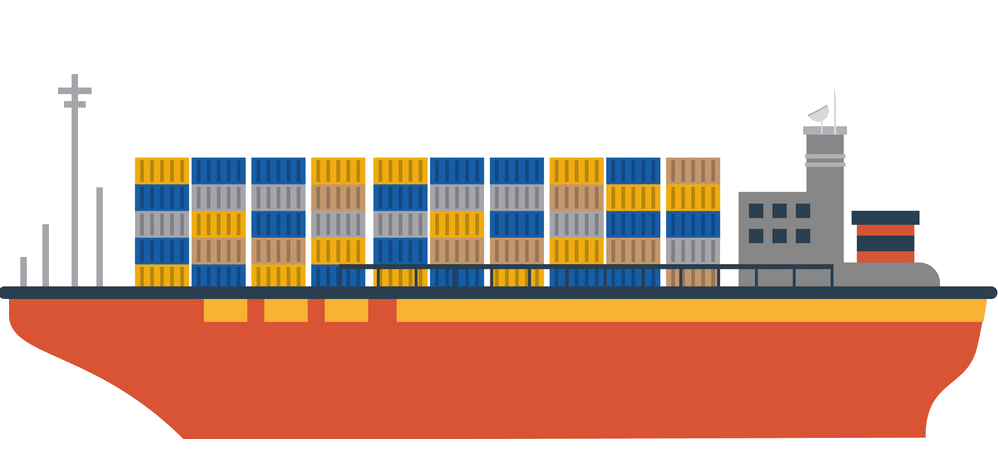 Ships and Nautics
Ships and Nautics